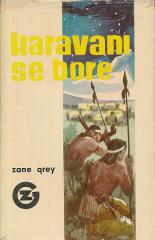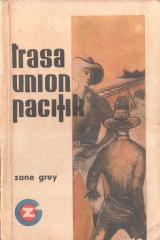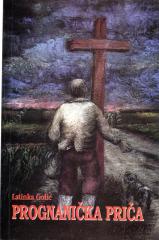
Izumirući Amerikanac
Nophaie, an educated Navajo, struggles between two worlds and ultimately dies tragically, leading an uprising against the whites who are systematically destroying his people. Today, it is considered one of the most important early American novels about th
Nophaie, a young and educated Navajo warrior, returns from World War I to the Arizona reservation as a hero, but also as a man between two worlds. The white system does not accept him as an equal, and part of his own tribe accuses him of being “corrupted” by white culture.
The film centers on the tragic love between Nophaie and a white teacher, Marian Warner, who comes to the reservation with idealistic intentions to “civilize” the Indians. Their relationship becomes impossible due to racial prejudice and laws prohibiting mixed marriages. At the same time, the corrupt Indian Agency agent Doane and the greedy missionary Milner rob the tribe, steal land and livestock, and systematically destroy the Navajo way of life.
Nophaie tries to achieve justice peacefully – he travels to Washington, writes petitions, believes in American ideals – but he encounters only bureaucratic indifference. When he sees his people literally starving and dying, he rejects nonviolence and leads a desperate uprising.
The novel ends symbolically and tragically: Nophaie, wounded in battle, dies on his tribe's sacred hill, watching the last free Indians disappear with him. Grey, otherwise known for his romantic Westerns, here writes a bitter indictment of American policy towards Indians, showing how "civilization" was in fact systematic ethnic cleansing. The book was so critical that the 1925 film version had to be significantly toned down.
One copy is available





